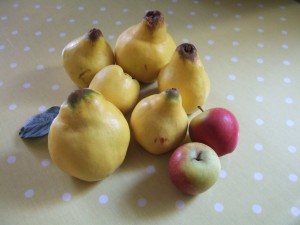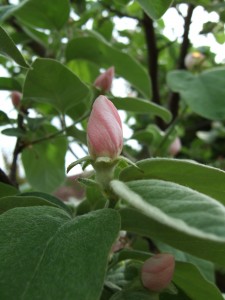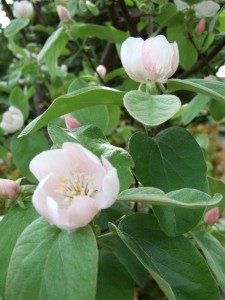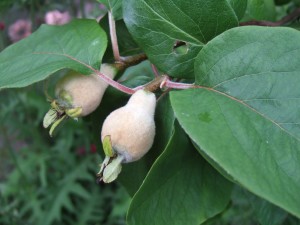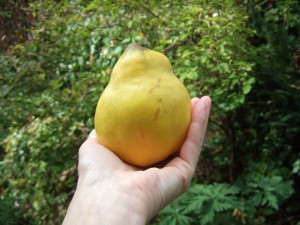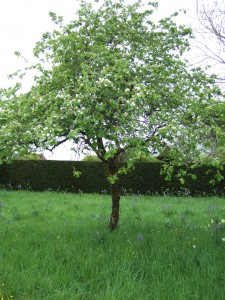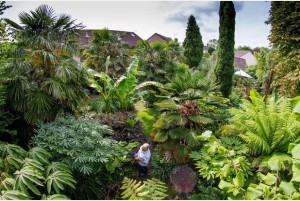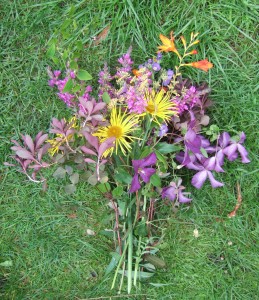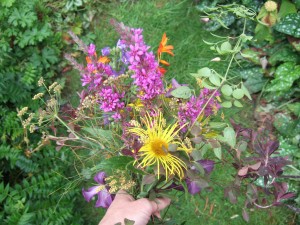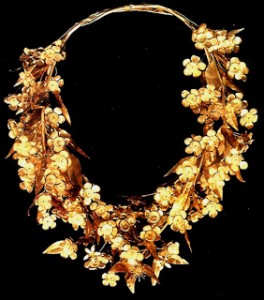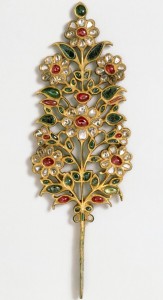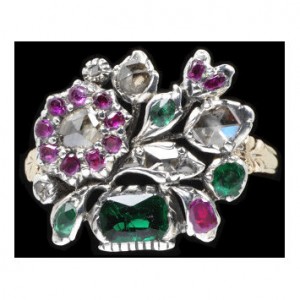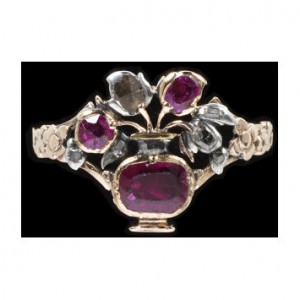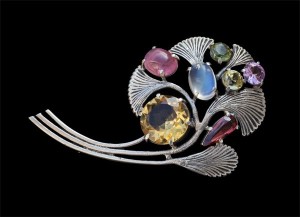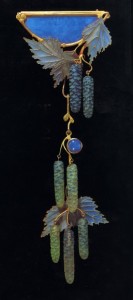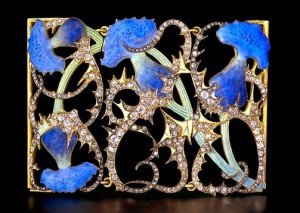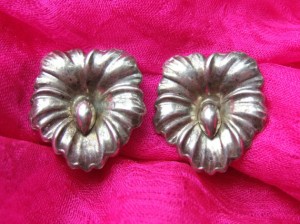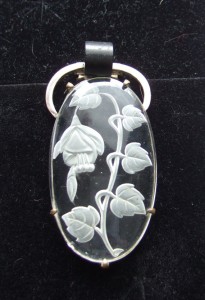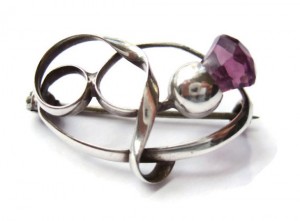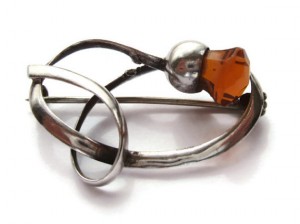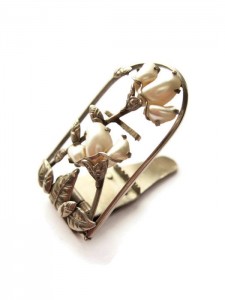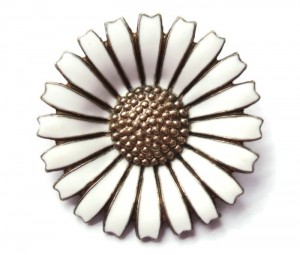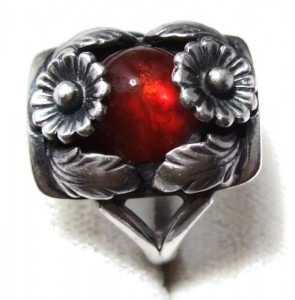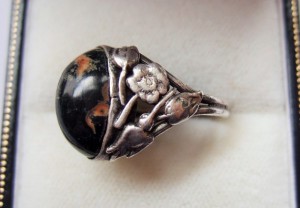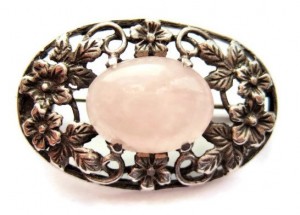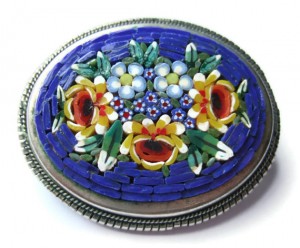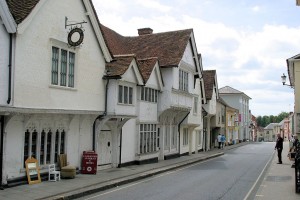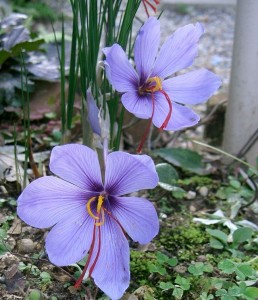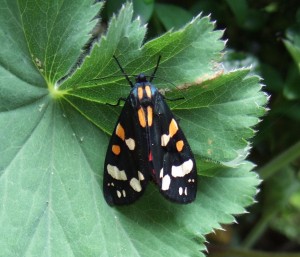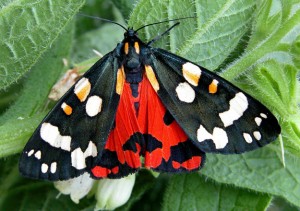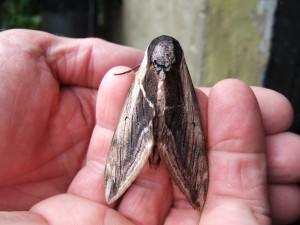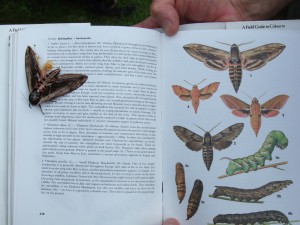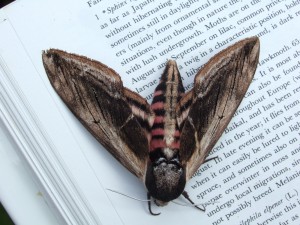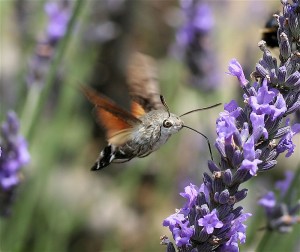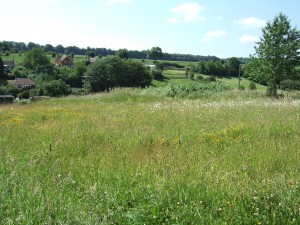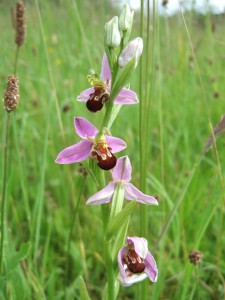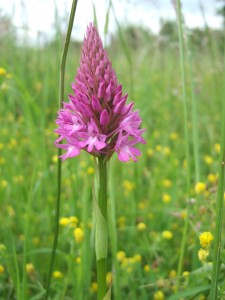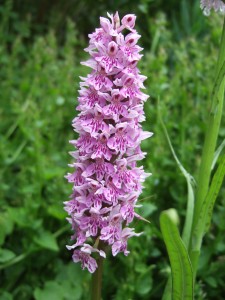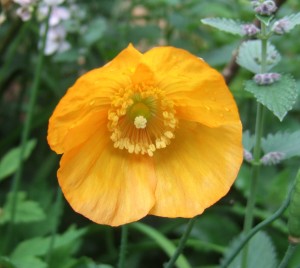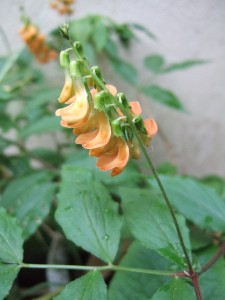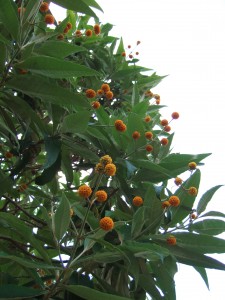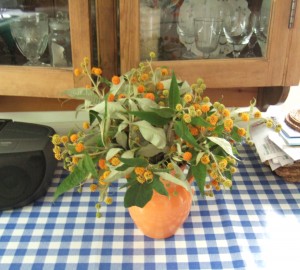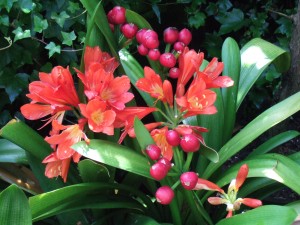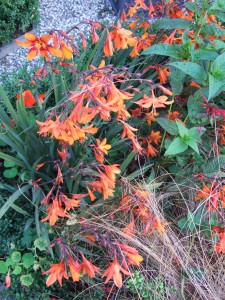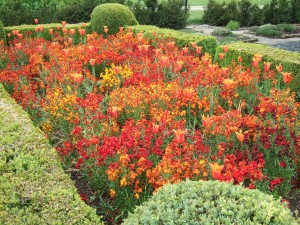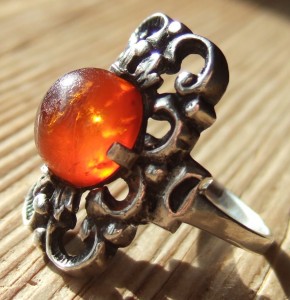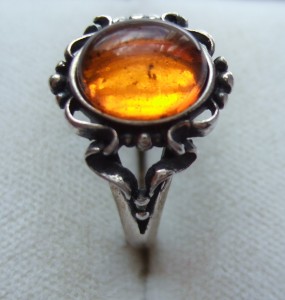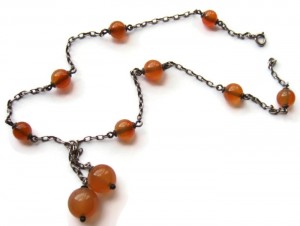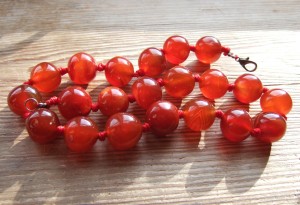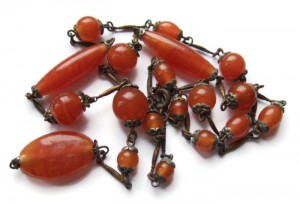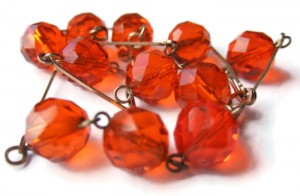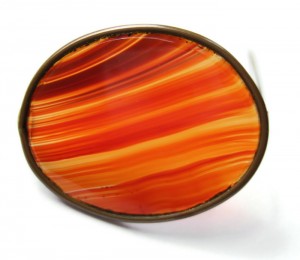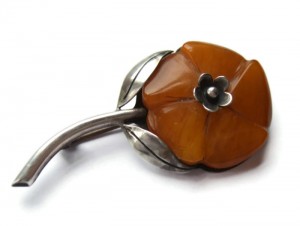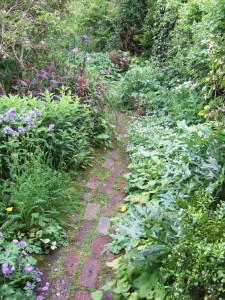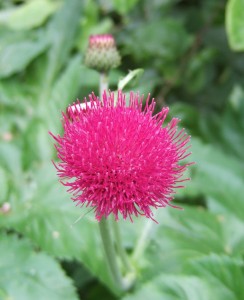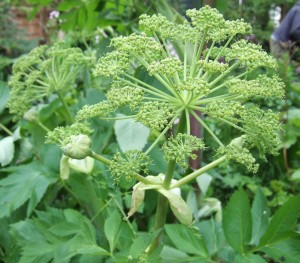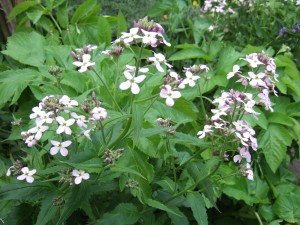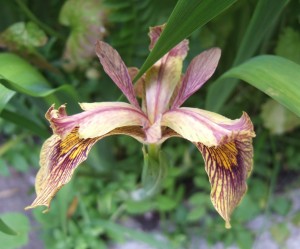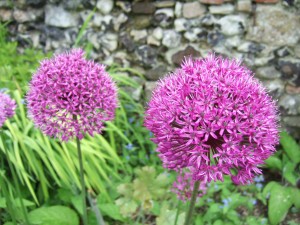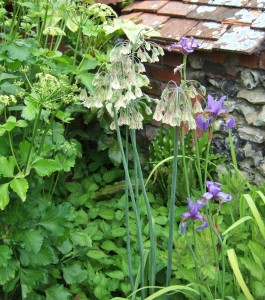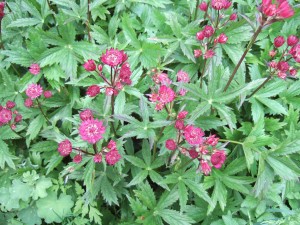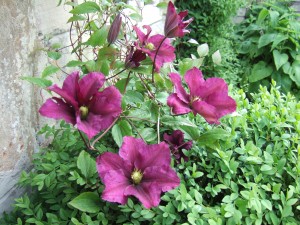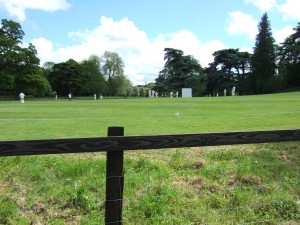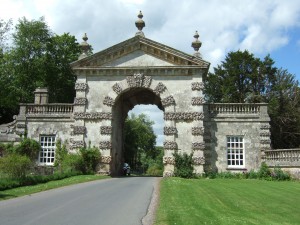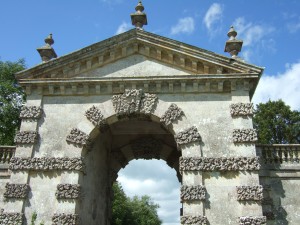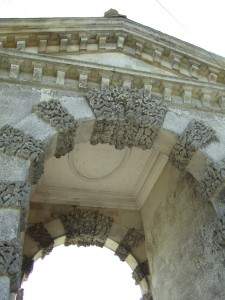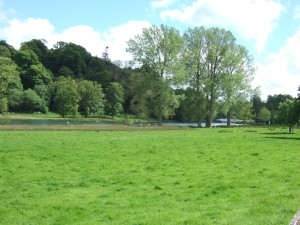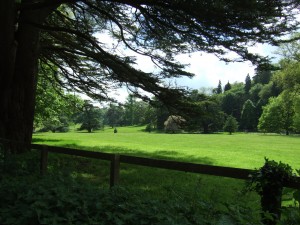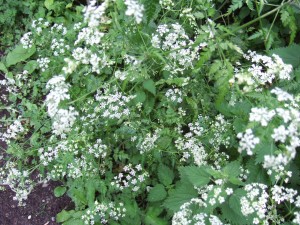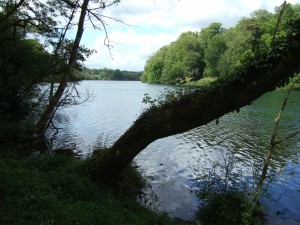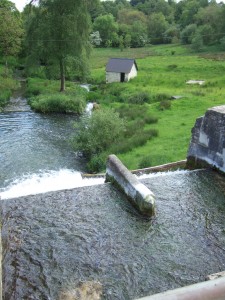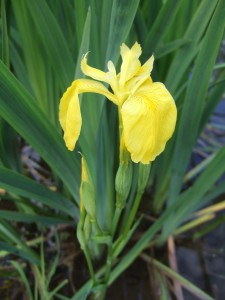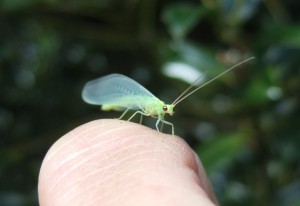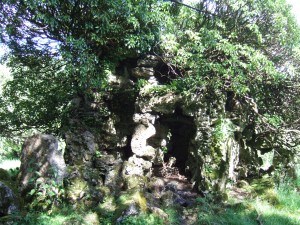Today we had our annual quince harvest: it basically entailed one of us poking the fruit with a long stick and the other trying to catch them before they hit the ground. We had a couple go in the pond and poor old Chap got walloped in the mouth by another, so it wasn’t quite the charming scene of bucolic plenty and activity that we might have envisaged. Anyhow, we ended up with a good haul of fruit. Some were starting to rot on the tree and many had split (they always do, every year, without fail—no idea why), but they are all usable, in whole or in part.
The quince (Cydonia oblonga) is a fantastic fruit, and I don’t know why it isn’t more commonly grown. The blossom is so pretty—opening out of a spiralled bud, the single pale pink cup-shaped flowers are like turbo-charged apple blossom.
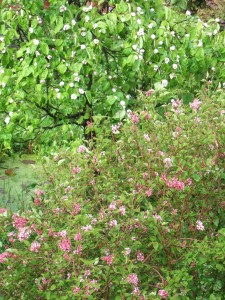
Quince tree in bloom (Cydonia oblonga) behind a miniature lilac (Syringa microphylla) in our garden, 28 May 2013.
The fruit looks like a big yellow lumpy pear, and smells amazing. The fruit never ripen sufficiently in the UK to be eaten raw, but make a great addition to apple pies and crumbles, and even better make a superb jelly, and also a cheese to go with cold meats. A single quince left in our fruit bowl will scent the whole house. Cooked, it has a grainy texture similar to pears, but the taste is rather different.
Certainly if we ever move it will be the first tree we plant in our new garden. We planted our present tree about 15 years ago. We went to Landford Trees, a tree nursery in south-east Wiltshire, and chose the variety ‘Meeches Prolific’. It started fruiting after only a few years, and seems to have a repeating pattern of an ‘on’ year for fruit, when we might get three large carrier bags full, and an ‘off’ year, such as this year, when we get only one.
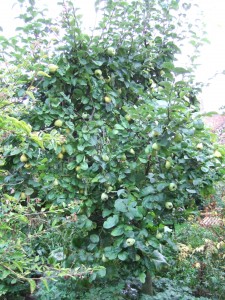
Last year’s bumper harvest ripening. When they are fully ripe they are bright yellow against the green leaves. Taken on 30 September 2013. I think we harvested them about a week after this photo was taken.
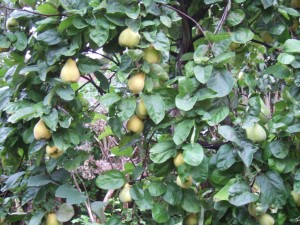
Rather fuzzy photo of the tree laden with last year’s crop, taken 30 September 2013. ‘Meeches Prolific’ certainly lived up to its name.
We planted our quince next to the pond as apparently quinces like damp conditions; we prune it every year in the winter to keep it a manageable size as we have such a small garden.
I have always loved quinces—we had a quince tree in our garden when I was a child, planted by my parents along with a walnut and a mulberry tree, all of which fruited beautifully (though we never got to the walnuts before the squirrels did). One lunchtime on my first dig abroad, in north-eastern Greece, one of the local workmen offered me a slice of quince picked from his garden, and I was amazed to find it could be eaten raw: we just don’t get enough heat and sunlight in the UK to ripen them. It was delicious, but sadly that is still the only time I have been able to eat quince like that: it’s cooked or nothing here in the UK.
Our favourite thing made with quinces is quince cheese: it is like a thick paste, and goes wonderfully with cold meat such as ham or pork. Here is a River Cottage quince cheese recipe which gives great results:
Quince cheese
A fruit cheese is simply a solid, sliceable preserve—and the princely quince, with its exquisite scent and delicately grainy texture, makes the most majestic one of all. It can be potted in small moulds to turn out, slice and eat with cheese. Alternatively, you can pour it into shallow trays to set, then cut it into cubes, coat with sugar and serve as a sweetmeat. A little roughly chopped quince cheese adds a delicious fruity note to lamb stews or tagines—or try combining it with chopped apple for a pie or crumble.
Servings: Makes about 1 kg of quince cheese.
Prep time: 30 minutes
Cook time: 70 minutes, plus time to stand
Ingredients:
1kg quince
500-750g granulated sugar
Food-grade paraffin wax, for sealing
Method:
Wash the quince. Roughly chop the fruit but don’t peel or core them. Place in a large pan and barely cover with water. Bring to a simmer and cook until soft and pulpy, adding a little more water if necessary. Leave to stand for several hours.
Rub the contents of the pan through a sieve or pass through a mouli. Weigh the pulp and return it to the cleaned-out pan, adding an equal weight of sugar. Bring gently to the boil, stirring until the sugar has dissolved, then simmer gently, stirring frequently, for an hour and a bit until really thick and glossy. It may bubble and spit like a volcano, so do take care. The mixture is ready when it is so thick that you can scrape a spoon through it and see the base of the pan for a couple of seconds before the mixture oozes together again.
If you’re using small dishes or straight-sided jars, brush them with a little glycerine.?This will make it easy to turn out the cheese. If you’re using a shallow baking tray or similar, line it with greaseproof paper, allowing plenty of overhang to wrap the finished cheese.
When the cheese is cooked, pour it into the prepared moulds or jars. To seal open moulds, pour melted food-grade paraffin wax over the hot fruit cheese. Jars can be sealed with lids. Cheese set in a shallow tray should be covered with greaseproof paper and kept in the fridge.
For optimum flavour, allow the quince cheese to mature for 4–6 weeks before using.
Eat within 12 months.
